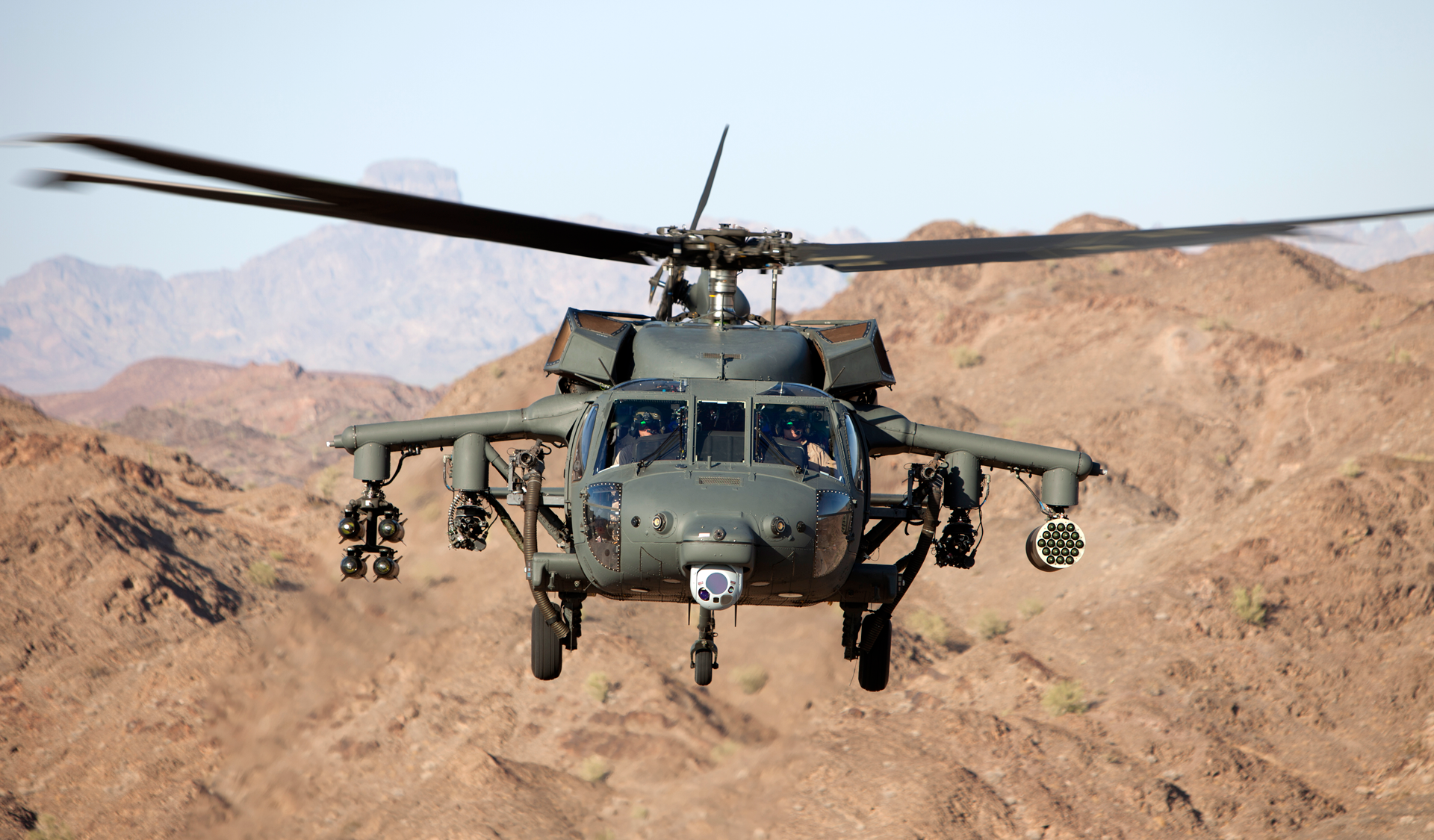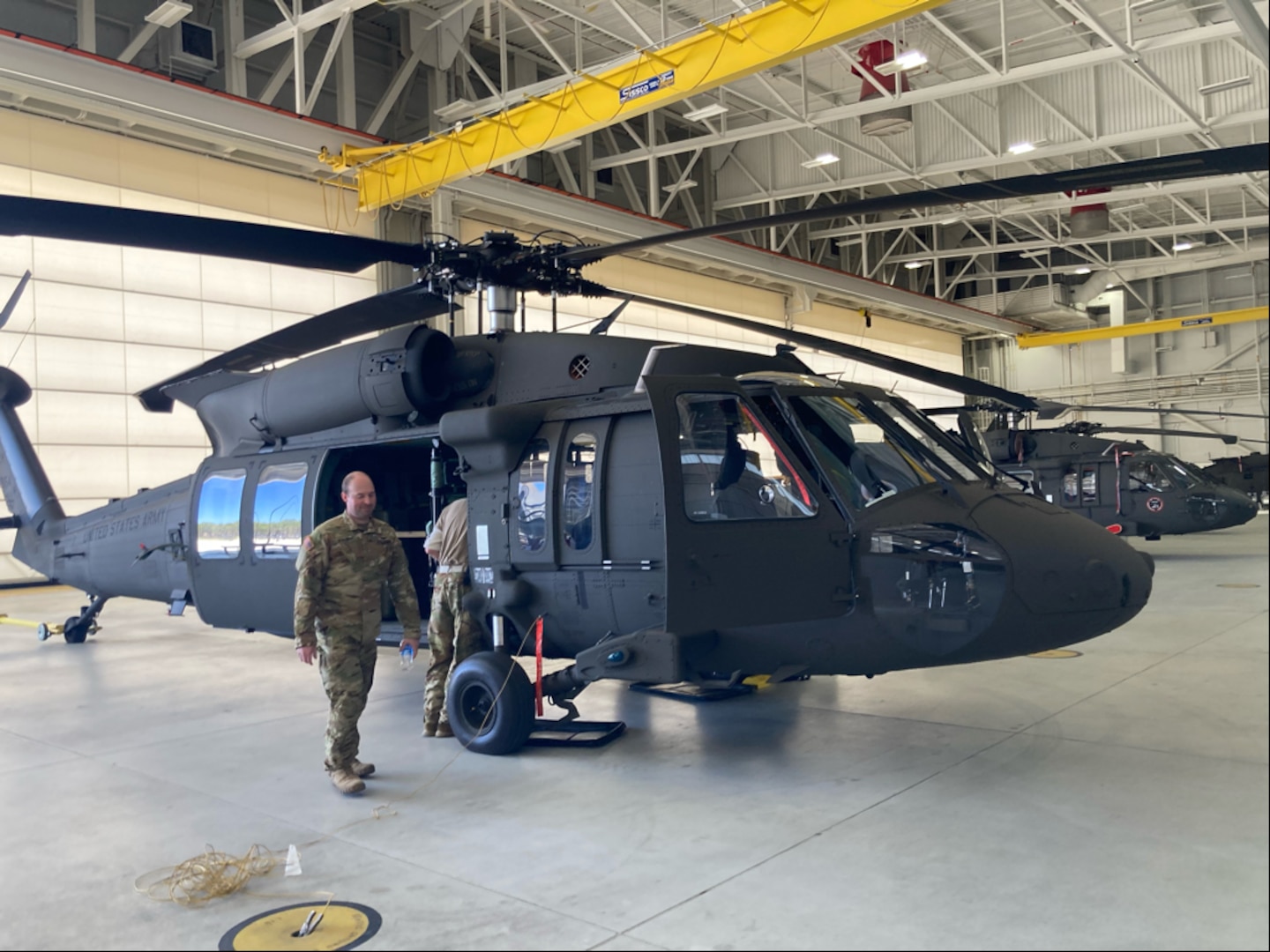Discover the Secret Duties and Objectives of the Blackhawk Helicopter Around The Globe
Discover the Secret Duties and Objectives of the Blackhawk Helicopter Around The Globe
Blog Article
Unveiling the Power and Convenience of the Blackhawk Helicopter
The Blackhawk helicopter stands as a testament to design quality and armed forces advancement, substantially shaping the landscape of modern-day airborne procedures. Originally established in the late 1960s, this dual-engine aircraft has developed into a multifaceted platform efficient in executing a series of goals, from tactical army releases to immediate medical discharges. Its style incorporates innovative technology and products, enhancing both efficiency and survivability. As we explore its history and operational abilities, one have to take into consideration how the Blackhawk proceeds to affect modern fight methods and altruistic initiatives alike. What does this mean for the future of armed forces aeronautics?
Background of the Blackhawk
The background of the Blackhawk helicopter is noted by significant technical innovations and a tactical evolution in armed forces aviation. Created in the late 1960s by Sikorsky Airplane, the UH-60 Blackhawk was at first conceived to change the older UH-1 Iroquois, frequently recognized as the "Huey." The Blackhawk's very first flight took place in 1974, and it was officially introduced to the U.S. Army in 1979.


This aircraft was made to meet the demanding needs of modern war, concentrating on sturdiness, rate, and convenience (Blackhawk Helicopter). Its capacity to run in numerous environments, combined with innovative avionics and layout attributes, promptly developed the Blackhawk as a necessary asset for armed forces procedures worldwide
Throughout the 1980s and 1990s, the Blackhawk saw comprehensive usage in various problems, including the Gulf War and humanitarian objectives. Today, the Blackhawk remains a famous sign of army air travel, continually refined to meet modern difficulties.
Key Functions and Specifications
Blackhawk helicopters are renowned for their engineering excellence and functional versatility, boasting a variety of crucial features and specifications that improve their effectiveness in numerous military duties. One of the most significant attributes is their dual-engine configuration, usually powered by the T700-GE-701C engines, which provide outstanding integrity and performance. The helicopter has a maximum cruise rate of around 150 knots and a solution ceiling of roughly 20,000 feet, permitting it to run effectively in varied atmospheres.
The Blackhawk's airframe is created from innovative composite products and light weight aluminum alloys, ensuring a robust framework while lessening weight. It includes a completely articulated rotor system that supplies exceptional dexterity and security. The helicopter can accommodate as much as 11 fight troops or lug up to 8,000 pounds of outside freight, making it extremely versatile for numerous objectives.
Additionally, the Blackhawk is outfitted with sophisticated avionics and communication systems, enhancing situational understanding and objective coordination. Its capacity to operate in adverse climate condition, combined with its low acoustic trademark, makes it a stealthy option for tactical procedures. Generally, these features add to the Blackhawk's reputation as a foundation of modern-day armed forces aeronautics.
Versatile Operational Duties
Renowned for their engineering quality and progressed abilities, Blackhawk helicopters offer a wide range of operational duties within military frameworks. Originally made for troop transport, their adaptability has expanded, permitting them to carry out numerous missions successfully.
Among the key functions of the Blackhawk is as an energy helicopter, helping with logistical support by moving personnel and products to and from remote areas. In addition, they excel in medical evacuation (MEDEVAC) operations, furnished with innovative clinical tools and workers to give vital treatment in the field.
In combat situations, Blackhawks can operate as armed escort systems, sustaining ground forces by involving adversary properties while ensuring army safety and security. Their capability for special operations makes them crucial; they can carry out reconnaissance goals, workers recuperation, and straight action raids, typically in high-threat atmospheres.
Moreover, the Blackhawk's flexibility enables it to support altruistic missions and disaster action initiatives, supplying help and essential solutions in times of crisis. This broad spectrum of functional functions demonstrates the Blackhawk helicopter's unmatched flexibility, reaffirming its standing as a crucial possession in contemporary army procedures worldwide.
Technical Technologies
Countless technical technologies add to the Blackhawk helicopter's exceptional performance and adaptability in diverse functional atmospheres. Among one of the most substantial developments is its composite rotor blades, which improve lift and maneuverability while lowering weight and upkeep requirements. The blades system employs sophisticated materials that bolster durability and resist environmental deterioration, ensuring reputable procedure in extreme problems.
Furthermore, the Blackhawk is equipped with a state-of-the-art avionics suite that integrates sophisticated navigating and communication systems - Blackhawk Helicopter. This consists of GPS, radar, and multi-function screens that assist in real-time situational understanding for pilots, adding to goal success under challenging circumstances
Additionally, the helicopter's fly-by-wire control system allows for precise handling and boosted responsiveness, offering pilots with boosted control during complex maneuvers. The unification of innovative engine technology, such as the T700-GE-701C engine, further enhances efficiency, providing raised power outcome and gas efficiency.
Last but not least, modular style principles make it possible for click here now quick reconfiguration for various objectives, from check this army transport to clinical evacuation, making the Blackhawk a flexible asset in army and humanitarian operations. These technological technologies collectively make sure that the Blackhawk continues to be a formidable visibility in the skies.
Effect On Modern Warfare

Furnished with advanced avionics and communication systems, the Blackhawk makes it possible for smooth coordination among ground and air units, making sure exact and timely reaction to vibrant battle scenarios. Its versatility enables fast deployment in varied environments, from urban settings to tough surfaces, showing the multifaceted nature of contemporary warfare.
Moreover, the Blackhawk's premium rate and agility facilitate quick insertion and extraction of personnel, lessening direct exposure to enemy fire. Its ability to run in aggressive conditions, coupled with innovative protective measures, enhances survivability and mission success prices.
As modern problems progressively count on joint procedures and fast feedback, the Blackhawk helicopter continues to be at the leading edge of military method, personifying the development of air wheelchair and the vital role of air power in accomplishing tactical objectives. Its effect on modern-day war proceeds to redefine the abilities of armed pressures internationally.

Conclusion
In final thought, the Blackhawk helicopter exhibits the intersection of innovative engineering and operational versatility, solidifying its standing as a keystone of modern-day military aviation. Its historic significance, remarkable attributes, find more and adaptability across numerous goal profiles underscore its important duty in modern warfare. As technological developments continue to improve its abilities, the Blackhawk remains a necessary property for armed pressures worldwide, demonstrating unequaled effectiveness in both fight and humanitarian procedures.
The Blackhawk helicopter stands as a testimony to engineering excellence and military advancement, substantially shaping the landscape of modern aerial procedures.The background of the Blackhawk helicopter is marked by substantial technical improvements and a tactical development in army air travel.Blackhawk helicopters are renowned for their engineering excellence and functional adaptability, flaunting a variety of essential features and requirements that boost their efficiency in different military duties.Many technological developments contribute to the Blackhawk helicopter's remarkable performance and flexibility in diverse operational settings.In final thought, the Blackhawk helicopter exemplifies the junction of sophisticated engineering and functional flexibility, solidifying its standing as a foundation of modern army aviation.
Report this page